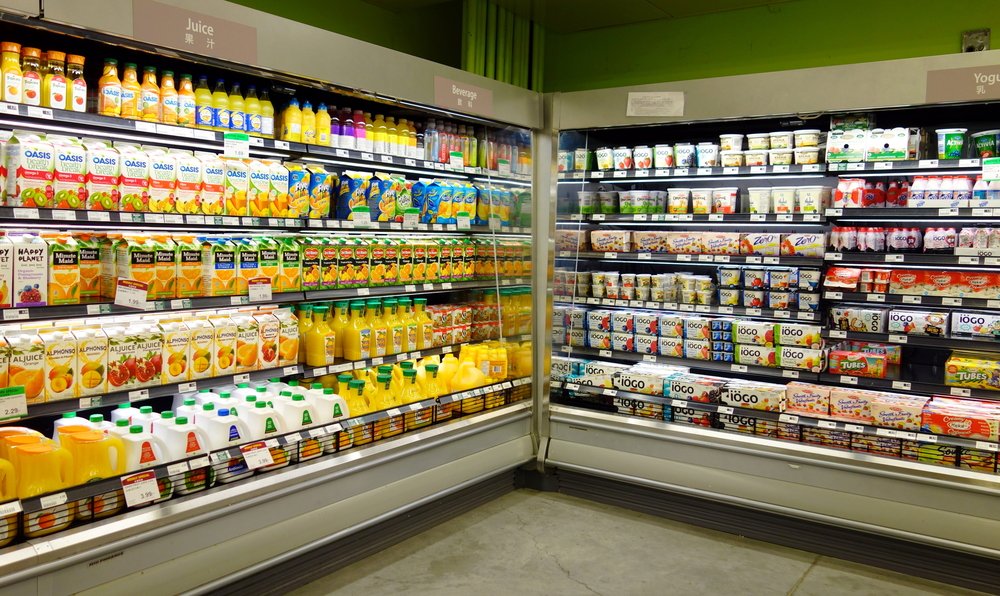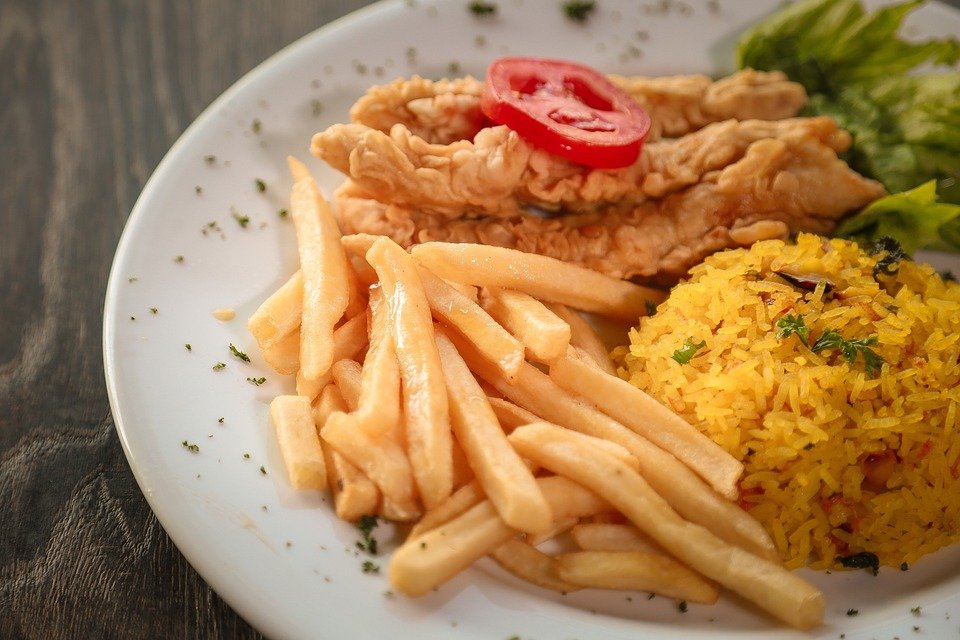Table of Contents (click to expand)
Flavors are created when chemicals are combined to produce a desired smell. These chemicals can come from natural sources, like fruits, or they can be artificially created in a lab. Artificial flavors are often used because they are cheaper and more consistent than natural flavors.
What are the absolute necessities that the fittest must avail to ensure survival? Food? Sleep? Water? Shelter? His beanbag? The next season of Game of Thrones? Food, along with sleep and shelter, is unquestionably important. However, what’s even more important is the taste… or flavor, of the food. People tend to use these two terms interchangeably, but the truth is that they are two (not entirely) different concepts.
While taste refers to one of the five recognizable words you learned in primary school – sweet, sour, salty, bitter and umami (perhaps not the last one), flavor refers to a more complex or secondary sense, which is a delicate mélange of taste, smell, texture and even temperature.

If you were to drink a glass of strawberry juice a century ago, chances are that the juice was organic and the strawberries real. Nowadays, if you were to scrutinize the labels, you would find that the juices aren’t authentic, but rather processed. In that process, manufacturers legally add flavors created in labs to replicate the same saccharine taste.
The process isn’t limited to just imitation; it also includes dyes that make the food a more vibrant, plush red and chemicals that enhance the smell to a more pleasant scent. These enhancements have the psychological effect of raising our pliant expectations – the juice or product tastes good even before it has been consumed. How and why do “flavorists” make these additions?
How Are Artificial Flavors Made?
If you look at the label on an item of food, you would observe that it’s adorned with either “natural” flavors or “artificial” flavors – or both! Despite the differences in their compositions, which we’ll cover in a minute, there is absolutely no difference in the flavors they generate. The function of both flavors is to replicate real flavors by tricking or deceiving the brain into thinking that it’s savoring a real fruit or a delicious pasta.

The brain is quite easy to con. A bot on Twitter, with its carefully curated behavior, can easily be perceived as an actual human being if it is cleverly programmed. Similarly, an innocuous glass of juice can be perceived as a squash of real fruit if it’s created with just the right chemicals. At the end of the day, to the brain, a flavor is just the result of soaking up certain chemicals; it doesn’t matter if they ooze out from a real fruit or are synthesized in a lab.
The chemicals don’t even have to be chewed; since 80% of taste is influenced by smell, most flavors simply modulate the scent of an item. The variety of smells is created by reacting acids that contain a double-bonded oxygen with a substance that possesses a dangling molecule of oxygen or hydrogen. This feature can be exploited to form countless combinations, formally known as esters, to produce a fruity, saccharine scent associated with flavors. In fact, esters are not necessities. Some flavorists prefer even smaller molecules, as they are more likely to evaporate and escape through crevices. And what gets more airborne is also more liable to be inhaled.

The combination of butyl acid and butyric acid — butyl butyrate — gives off the sharp smell of pineapples, whereas the combination of cinnamic acid and methyl alcohol — methyl cinnamate — exudes the mouth-watering scent of strawberries. Similarly, more than 2,000 other chemicals are combined to create more than 500 distinctly smelling flavors, each of which takes laborious hours of synchronized work between flavorists and chefs to conjure the perfect spell that can enchant your taste buds. The work is so superlative that one cannot tell the difference between a real smoked salmon or the artificial flavor of one.
Amongst the two types of flavors, “natural” flavors are called natural because they are created from natural sources, which are usually edible. Despite being labeled as “natural” in view of their bloodline, they are not essentially natural. Eventually, the flavors are tactfully processed with several other chemicals, albeit by natural means, to generate the desirable flavor, odor and hue — a natural flavor of vanilla is known to be extracted from cow poop. Yummy!

The second type is “artificial”, which as the name suggests, are created by completely artificial means. The sources of artificial flavors are often inedible, such as petroleum. Octyl acetate, a chemical that dominates the tangy taste of an orange, can be synthesized in a lab and simply added to gums to create orange-flavored chewing gums. Not so yummy!
Also Read: Why Does Meat Taste Like Meat?
Why Do We Create Artificial Flavors?
Food loses a crucial volume of its authentic flavor after it is processed. Furthermore, when allowed to loiter on a shelf, the remaining flavors also deteriorate. This is where added flavors are lucrative — we can restore the flavor content of an item by adding flavors externally.

Here, artificially synthesized flavors have an edge over naturally crafted flavors. Natural flavors require elements that must be cultivated in crops or are found in the trunks of secluded or rare trees. Artificial flavors entail no such hassle of cultivating crops, nurturing cattle or transporting natural chemicals. They are created in a small laboratory or industry, and then distributed to clients.
Artificial flavors are favored for the same reason counterfeit watches are; they are equally effective, but much cheaper. However, the edge isn’t just economical, but also pertains to safety; because artificial flavors are synthesized in labs, they are rigorously tested for health risks and safety. For this reason, they are known to be much safer than most natural flavors. Who knew that cow poop would taste so delightful with a morsel of walnut brownie?
Also Read: How Do We Taste Things?
How well do you understand the article above!

